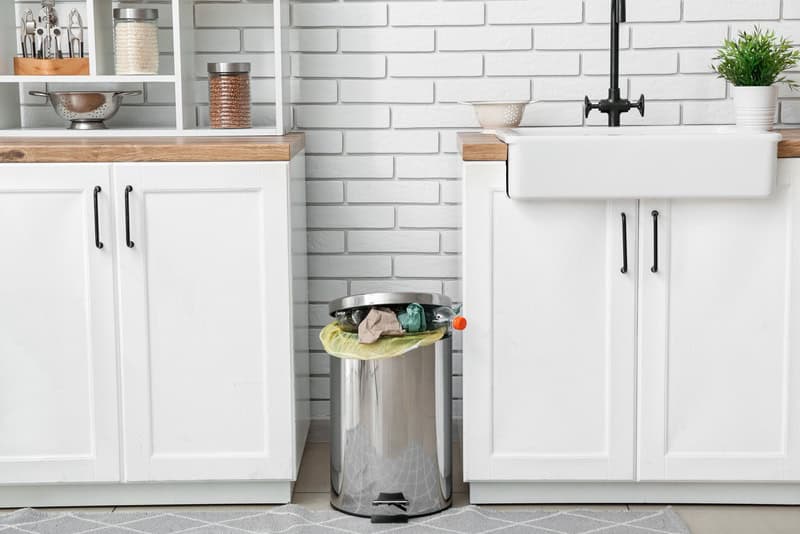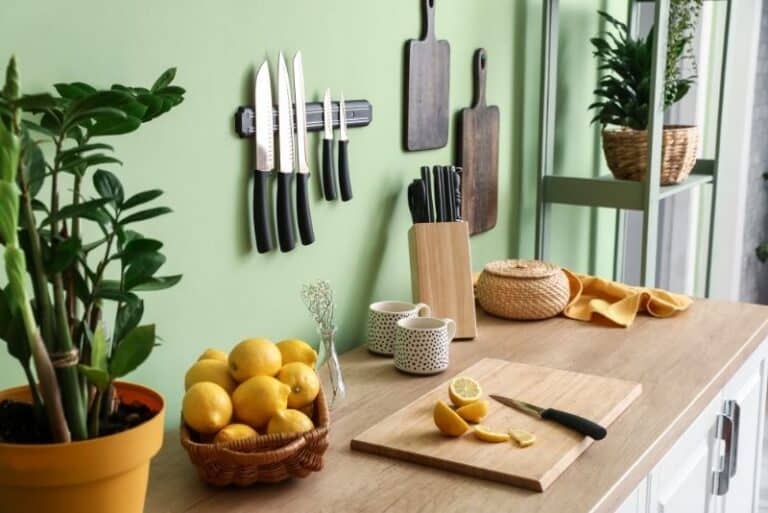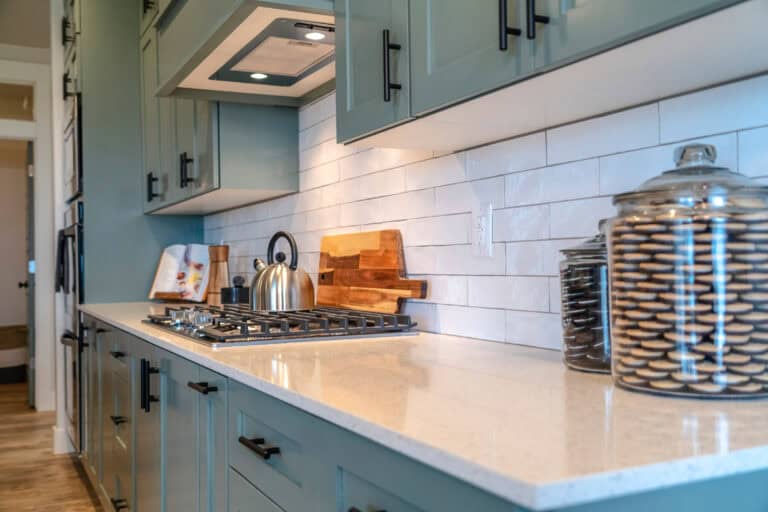How To Choose Trash Bags for Your Kitchen Needs

This post may contain affiliate links. For more information, please see our disclosure policy.
When choosing trash bags for your kitchen, it’s essential to consider the variety of waste generated daily and the demands of your household. Kitchen trash bags are more than just a vessel for disposing of waste; they maintain cleanliness, prevent odors, and ensure the smooth operation of your kitchen.
With options ranging from biodegradable bags for eco-conscious households to ultra-strong bags for heavy loads, the decision is no longer as simple as grabbing the first pack on the shelf. By understanding how to choose trash bags for your kitchen needs, you can make an informed decision to keep it efficient and hassle-free.
Determine the Ideal Size
The first step in choosing a trash bag for your kitchen is determining the right size. Most kitchen trash cans range from 10 to 20 gallons, but measuring your own bin is essential to ensure a snug fit. A bag that’s too small may slip out of place, while an overly large one could cause unnecessary waste of material. Choose trash bags that align closely with your bin size for optimal performance, making waste removal easier.
Understand the Importance of Material
Trash bags normally use high-density plastic, low-density plastic, or biodegradable materials. High-density plastic bags are lightweight and suitable for dry, lightweight waste, such as paper or plastic packaging. Low-density plastic bags are thicker and better for heavier or sharp items as they resist punctures and tears. Biodegradable bags are eco-friendly, although they may not be as strong as traditional plastic bags.
Evaluate Strength and Thickness
Kitchen waste can vary widely from food scraps to broken glass or packaging, and it’s crucial to understand why trash bag thickness matters. A thicker bag offers better strength and durability, especially if your waste is heavy or contains sharp edges that could tear thinner bags. Look for the measurement of bag thickness, often specified in mils. A higher mil count provides greater resistance to punctures and leaks, ensuring your cleanup process remains tidy and efficient.
Consider Closure Types for Convenience
Trash bags come with different closure options, such as drawstrings, flaps, or twist ties. Drawstring bags are popular for kitchen use due to their easy handling and secure fit around the trash can rim. While less common, flap-tie bags can still offer adequate sealing but may not be as user-friendly. Twist ties provide a basic solution for keeping bags closed but can occasionally be less secure. Choose the closure type that best meets your preferred method for removing and disposing trash.
Choosing the right trash bags for your kitchen requires understanding your waste habits, bin size, and personal preferences. By considering factors like size, material, thickness, and closure type, you can make an informed decision that aligns with your household’s needs and values. When you prioritize quality and durability in trash bags, you minimize mess and maximize efficiency in one of the most important areas of your home.






